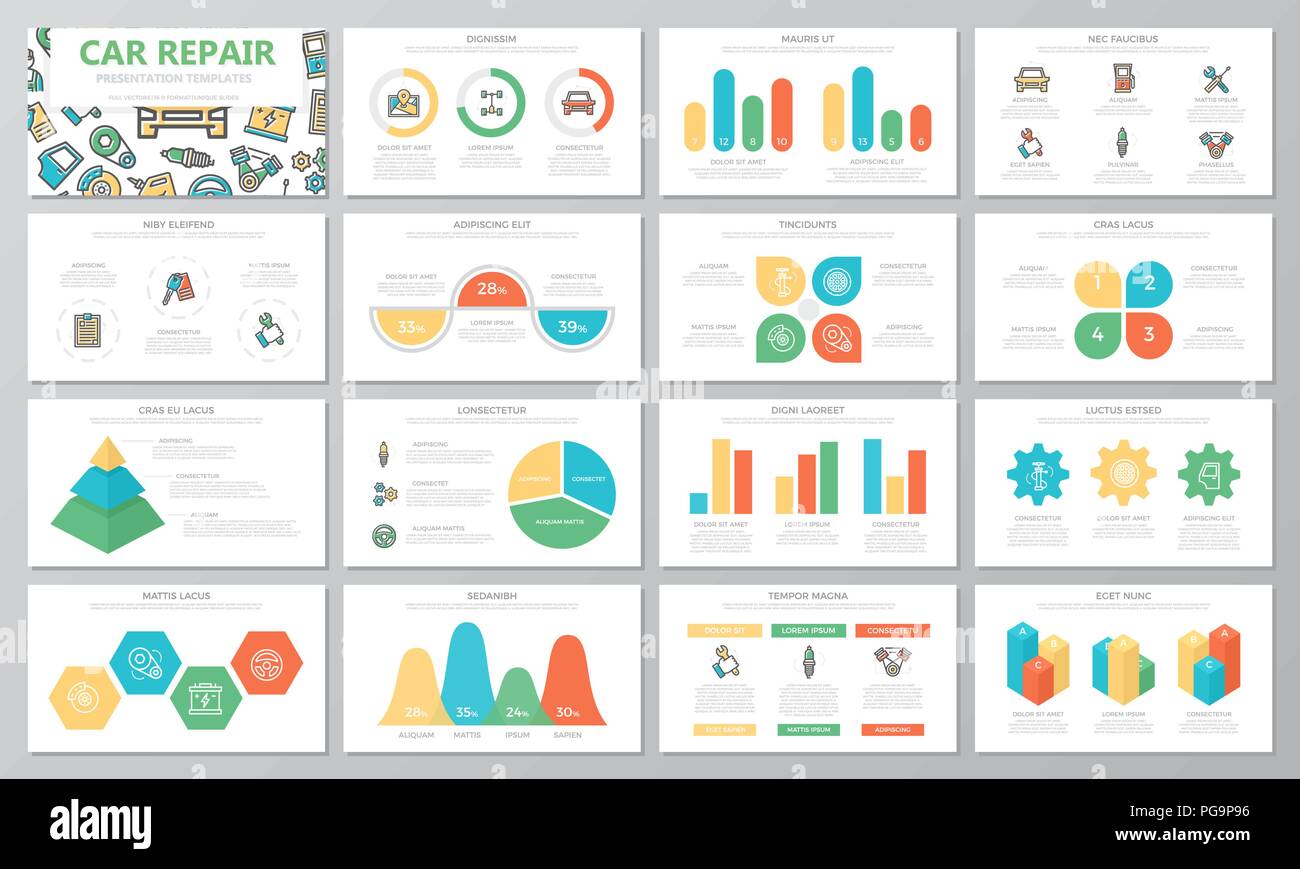Seeking Quality On The Warning Lights Showed On Your Auto'S Dashboard? Figure Out Just How They Connect To Your Automobile'S Health And Safety
Seeking Quality On The Warning Lights Showed On Your Auto'S Dashboard? Figure Out Just How They Connect To Your Automobile'S Health And Safety
Blog Article
Writer-Higgins Kejser
When you lag the wheel, those beautiful warning lights on your dashboard can be a bit perplexing. Do car detailing near me understand what they're trying to tell you about your auto's health and wellness? Recognizing the value of these lights is essential for your security and the longevity of your lorry. So, the next time among those lights turns up, would not you want to understand its message accurately and take the needed actions to address it?
Common Warning Lights and Interpretations
Determine common caution lights in your automobile and recognize their meanings to guarantee safe driving.
The most typical warning lights consist of the check engine light, which signals issues with the engine or emissions system. If this light begins, it's critical to have your vehicle inspected promptly.
The oil pressure alerting light suggests low oil stress, requiring prompt attention to avoid engine damages.
A blinking battery light could recommend a malfunctioning charging system, potentially leaving you stranded otherwise attended to.
The tire stress surveillance system (TPMS) light informs you to reduced tire stress, impacting car security and gas effectiveness. Neglecting this could bring about harmful driving conditions.
The abdominal muscle light shows an issue with the anti-lock braking system, endangering your capability to quit quickly in emergencies.
Lastly, the coolant temperature level warning light warns of engine overheating, which can result in extreme damage if not dealt with quickly.
Comprehending these typical caution lights will aid you attend to issues immediately and maintain safe driving problems.
Value of Prompt Interest
Comprehending the usual caution lights in your automobile is only the primary step; the value of quickly dealing with these cautions can't be stressed enough to guarantee your safety and security when traveling.
When a warning light brightens on your dashboard, it's your automobile's way of interacting a potential problem that requires focus. Overlooking these cautions can lead to a lot more extreme troubles down the road, endangering your safety and security and possibly costing you much more in repairs.
Motivate attention to cautioning lights can avoid failures and crashes. For example, a flashing check engine light could show a misfire that, if left ignored, might cause damage to the catalytic converter. Addressing find out here without delay can save you from a pricey repair work.
In a similar way, a brake system warning light might signify reduced brake liquid or used brake pads, crucial parts for your safety when driving.
Do It Yourself Troubleshooting Tips
If you see a caution light on your dashboard, there are a few do it yourself troubleshooting pointers you can try before looking for expert aid.
The initial step is to consult your automobile's handbook to recognize what the certain caution light shows. Occasionally the issue can be as easy as a loose gas cap causing the check engine light. Tightening the gas cap might settle the problem.
An additional typical issue is a low battery, which can trigger various advising lights. Checking the battery links for rust and ensuring they're safe and secure might deal with the trouble.
If a warning light persists, you can try resetting it by disconnecting the car's battery for a couple of mins and then reconnecting it. Additionally, inspecting your car's liquid levels, such as oil, coolant, and brake fluid, can aid troubleshoot alerting lights connected to these systems.
Verdict
To conclude, understanding your automobile's warning lights is necessary for maintaining your vehicle running smoothly and safely. By immediately addressing these alerts and recognizing what they suggest, you can avoid expensive repair work and potential failures.
Bear in mind to consult your vehicle's handbook for specific details on each alerting light and do something about it appropriately to make sure a hassle-free driving experience.
Keep notified, remain safe on the road!
